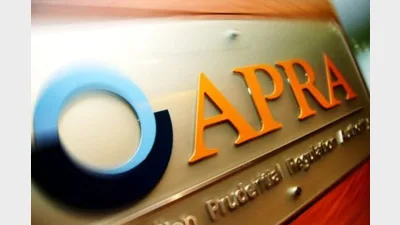Decision on Health Super brand in mid-2012



 The newly merged First State Super and Health Super will make a decision about the future of the Heath Super brand by 30 June 2012.
The newly merged First State Super and Health Super will make a decision about the future of the Heath Super brand by 30 June 2012.
The administration functions of both funds will also be fully combined by the middle of next year, according to First State Super/Health Super chief executive Michael Dwyer. This will include one set of investment options for both funds.
Research is currently being conducted with stakeholders into the strengths and weaknesses of the funds' brands, he added. The decision to retain the Health Super brand or combine it into First State Super is yet to be made, and is something "we have an open mind about at the moment", according to Dwyer.
"The merger's going particularly well. We have 23 working streams that are focusing on everything from pricing to insurance offerings and investment offerings," Dwyer said.
Moving the entire fund from crediting rates to a daily unit price is a big task to undertake, he added. Pre-merger, First State Super was a daily unit price fund, whereas Health Super was a crediting rate fund.
The board of the merged entity is made up of nine former First State Super members and four Health Super members. The plan is to keep the board at 13 members, according to Dwyer.
The two funds merged on 30 June 2011, creating one of Australia's largest superannuation funds with over $30 billion in funds under management and 770,000 members.
Recommended for you
Australia’s average superannuation balance has climbed to a record high, with women’s savings share rising and reliance on the age pension falling.
APRA has softened several governance reform proposals following extensive consultation with banks, insurers and super funds across Australia.
The super fund’s CEO has confirmed he will finish his role in 2026.
New data shows millions of Australians have little idea how their super funds have performed over the past year.









